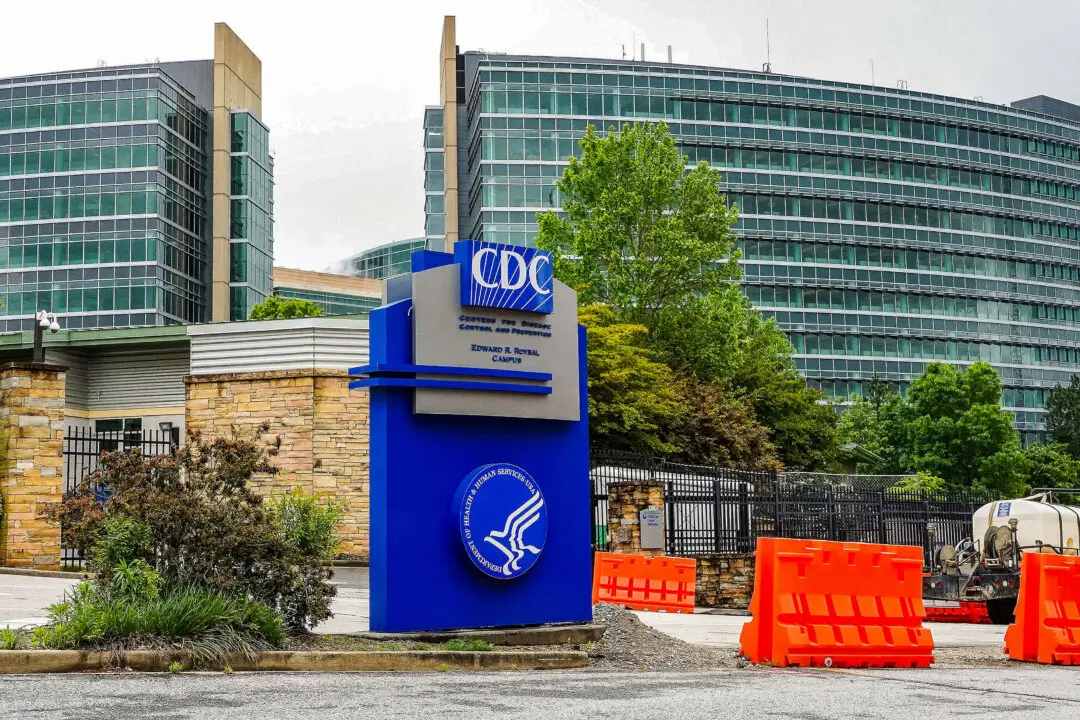The United States is currently undergoing the most severe flu season in seven years, according to the U.S. Centers for Disease Control and Prevention (CDC).
“Based on data available this week, this season is now classified as a high severity season overall and for all age groups (children, adults, older adults) for the first time since 2017-2018,” the CDC said in an update on Feb. 14.





